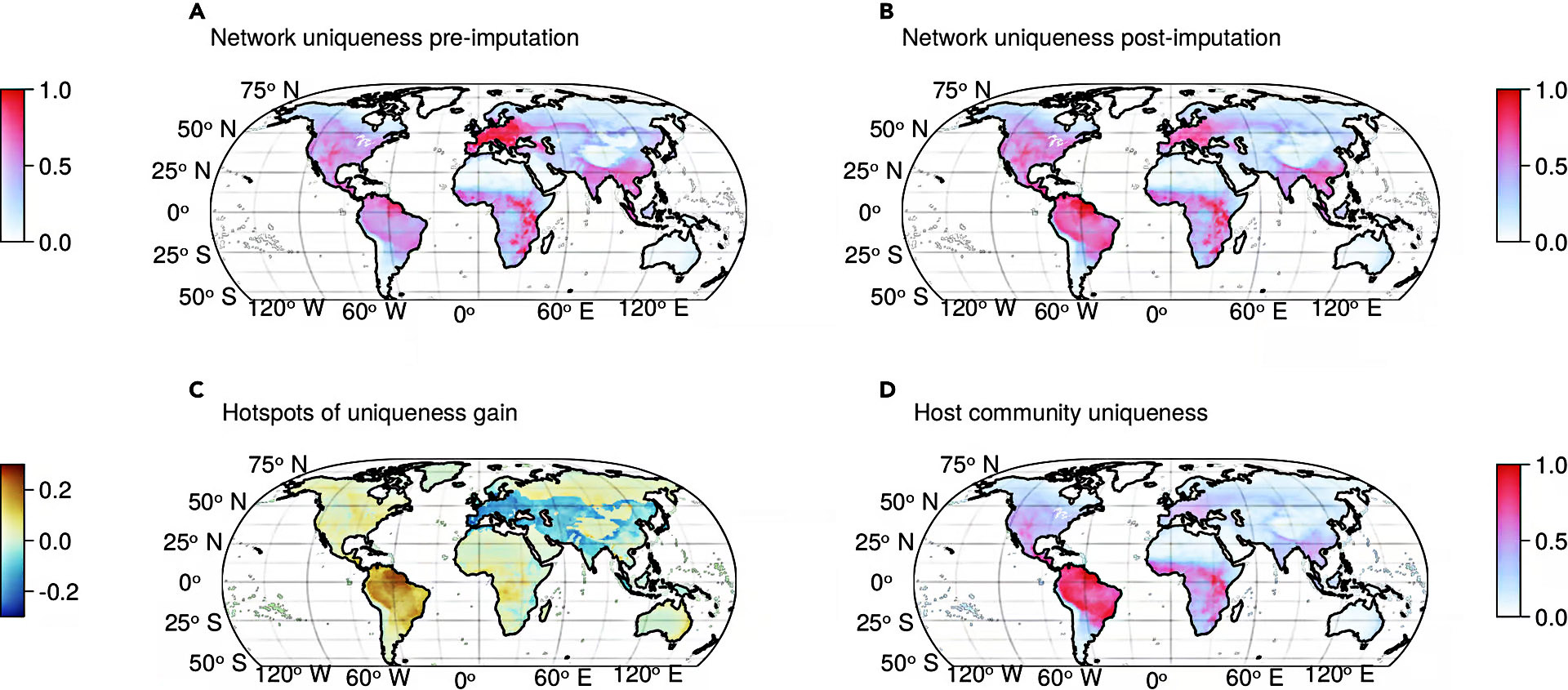Before artificial intelligence became the “holy grail” for various fields of knowledge, economics and industry, scientists at the University of Montreal in Canada began developing an algorithm to predict mammal-virus interactions in the early stages of covid-19.
Purpose of the research, create AI modeling that can highlight and predict emerging viral “hotspots” deserves to be watched. The tool could be a landmark in detecting possible zoonotic infections as a way to prevent a new global epidemic.
In a UdeM publication, Professor Timothée Poisot, professor and project leader in the Department of Biological Sciences, said, “The main problem is that we only know about one to two percent of interactions between viruses and mammals.. Networks are dispersed and there is little interaction concentrated in just a few types”.
How was the algorithm created to prevent viral interactions?
The research, published April 24 in the journal Patterns, used an open database, CLOVER, to try to predict which virus strain might infect which mammalian species. To obtain the description of 5,494 interactions between 829 viruses and 1,081 mammalian hostsmost of them are wild animals.
Other datasets (HP3, EID2 and GHMPD2) were also used, but because they were older they included some old type names or manually entered data. This inflated the time required for machine learning. Finally, Poisot said, “The main task was to determine our level of confidence in the model’s ability to make predictions.”
i did this researchers focused on 20 viruses they are considered to be of greater concern because the potential for transmission to humans is higher.
a theater of shadows

By making spatial predictions about where certain virus strains might be found, network assignment (predicting missing values) pointed to two areas of interest. Firstly, amazon basin, the more unique the virus-host interaction, the more likely the interaction, and Sub-Saharan Africathat the algorithm identifies new hosts with the potential to carry zoonotic viruses.
Like a shadow theater, the algorithm takes the already known mesh and “sheds new light on the interactions”. “Now we know which strains to watch for where and for what kind of viruses”, says Poisot. The next step is to take this AI into a more comprehensive view of the global virome.
Source: Tec Mundo
I’m Blaine Morgan, an experienced journalist and writer with over 8 years of experience in the tech industry. My expertise lies in writing about technology news and trends, covering everything from cutting-edge gadgets to emerging software developments. I’ve written for several leading publications including Gadget Onus where I am an author.













